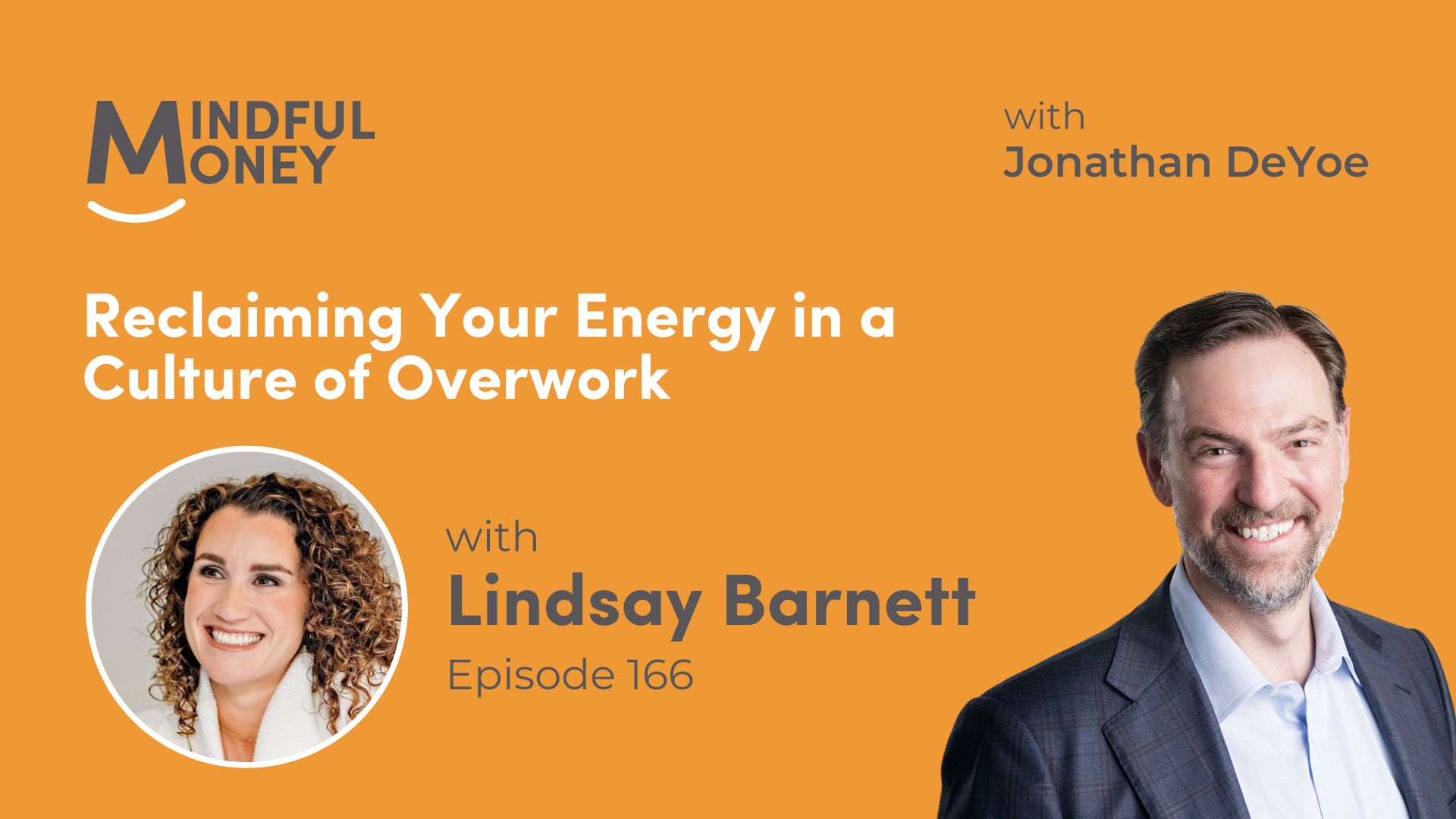Historically, it seems the primary function of financial journalism (perhaps all journalism) is to scare us out of our wits. We have been reminded of this almost hourly since the S&P 500 entered official “bear market territory” on Monday, June 13th by closing 20% below its previous all-time high set in January of 2022.
Bear markets tend to occur about every 5 years, though without any predictable cadence. Every bear market has its unique precipitating cause, this one seems to be the combination of Inflation and a broadly-reported recession expectation.
Neither I nor anyone else can predict when, where, or how this bear market will bottom out, but we can certainly observe the historical fact that sooner or later, they all have. On average, the process of bottoming out, recovering and getting back to expansion has taken a couple years. As long-term, goal-focused investors, we are given the choice: to be guided by this historical record, or pushed around by today’s catastrophist headlines. If you are a long-time reader of this newsletter, you know that I choose to anchor on the historical record and to remain humble about what is knowable in the present moment – we can ignore anyone telling us they know what comes next.
Being driven towards capitulation by the catastrophic headlines has most often turned out to be a tragedy, though it isn’t recognized as such until months or years later. For those that succumb, their long-term financial plans and retirement income plans may never recover. The timing sharpens the tragedy. If one sells after a 20% decline, the remaining average decline is only another 10% or so (measuring from the top). That is to say, if this is anything like the average garden-variety bear market (which we can’t know), then we are closer to the bottom than the top at this point.
Our choice as investors is to either:
- Minimize short-term regret by selling our beautifully-allocated and broadly-diversified portfolios to reduce the short-term volatility and sit in cash until we intuit the all-clear, or
- Minimize long-term regret by embracing the short-term volatility as the only way to capture the long-term returns that we need to fulfill our plans.
My mission as a financial writer is to help you stay acutely focused on those long-term desired outcomes. I want to help you minimize long-term regret.
As long-term, goal-focused, planning-driven investors, the best way I know to do this is to encourage you to stay the course, stick to the plan, and maintain the process.
If your plan says you should be investing $1000/month into your retirement program, then keep doing it. If you are retired and withdrawing, and you have wisely filled your emergency fund with two years of gap income, then you should stop drawing from your portfolio and start drawing from the cash fund.
There are five prediction-free action steps that are appropriate to take in a bear market:
- Harvest tax losses that you will be able to use against future gains,
- Rebalance portfolios (sell the relatively strong; buy the relatively weak),
- Clean House – if you have investments that you don’t want to hold (due to concentration, overlap, etc.), exchange them for more appropriate holdings,
- Roth Conversion, and
- Decrease Withdrawals/Increase Contributions.
As always, we are here for guidance and for long-term perspective.





